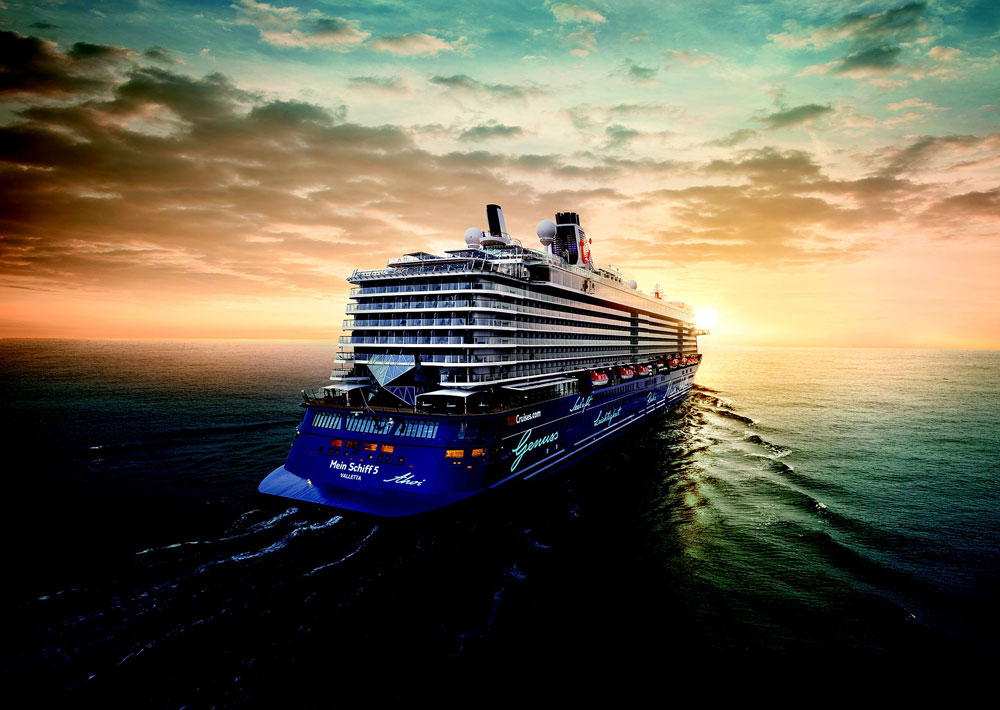Description
The Advanced Fire Fighting Training Course (AFF) performed by SHELTER is based on the course known as CACI by the Brazilian Maritime Authority, following NORMAN 24. This course was modeled after the Advanced Training in Firefighting which corresponds to the IMO Model Course 2.03.
It is intended for professionals on board offshore units designated to the Fire Brigade. One of the prerequisites is that the candidate has completed the Basic Safety Training (BST) before enrolling in this course.
NOTE: The course lectures, handouts and workbook are all in Portuguese. The training provided is in accordance with international standards as required by the IMO in the STCW convention; however it is tailored to the requirements set out by the Brazilian Maritime Authority.
Target Audience
The course is aimed at professionals working in offshore units or vessels that are compose the fire fighting team.
Objective
Qualify the students, to perform tasks of fire prevention and fighting fire on board, according to Table A-VI / 3 of the STCW Code-1978 and its amendments.
Duration
Duration
5 days (weekdays only)
Course load
34 hours
Schedule
8pm to 5pm
Participants per Class
30 students
Documents Required
Prerequisites and Documents Required
• Valid certificate for the Basic Safety Training (BST);
• Upon registration the student must be over 18 years of age;
• Foreigners must present 02 (two) copies of their passport;
• Certificate of primary or higher education;
• Photograph sized 3x4;
• Certificate of good physical health conditions within the validity 90 days.
Course Content
1) On Board Operations Control (8 Hours)
• Define the safety principles.
• Identify areas of fire hazard.
• List fire precautions.
• Identify processes and care for dry distillation, chemical reactions, fire in gas collectors and water tube boilers.
• Mention procedures for fire control.
• Describe the tactics and procedures for fire control.
• Describe the extinguishing agents applied aboard.
• Describe the use of water as extinguishing agent on board, its effect on stability, precautions and corrective procedures.
• Report the use of communication and coordination during firefighting operations.
• Describe the ventilation control procedures, including the smoke extractor, fuel and electrical systems.
• Mention the precautions against fires and the dangers associated with the stowage and handling of certain materials, such as paints, solvents, varnishes, etc.
• Describe coordination procedures and control in removing injured people.
• Report the procedures coordinated with teams of damage control support vessels and nearby units.
2) Organization and Combat Crew Training (4 hours)
• Draft the preparation for the fire contingency plan.
• Arrange the composition and allocation of staff and combat units / fire brigade.
• Plan for crew fire fighting training.
• Draft fire control plans.
• Show the formation for evacuation and unit abandonment.
• Describe the strategies and fire control tactics in various parts of the unit.
3) Systems and Detection Equipment Inspection and Fire Suppression (8 hours)
• Identify the fire alarms.
• Mention fire detection equipment.
• Describe the fixed fire extinguishing equipment.
• Mention the kinds of pumps, hoses, hydrants and applicators.
• Describe the mobile and portable fire extinguishing and their applications, personal protection, rescue, salvage and communication.
• Mention automatic fire fighting systems.
• Describe the qualification requirements for on board fire prevention surveyors.
• Describe investigation procedures and preparation of the on board fire report.
• Comment experience of trainees in fire fighting.
• Exemplify the fire reports.
4) Understanding Damage Control (6 hours)
• Conceptualize stability: gravity, buoyancy and metacentre.
• Mention the features of a vessel.
• Describe the main structural components and compartments on board.
• Find the reinforced areas of the structure for loading and lashing.
• Prevent damage to deal with: tanks, gases, welding, electricity, detectors, alarms, ovens and kitchen.
• Identify open water: buffering and bracing.
• Show sketches sealing: watertight door and partitioning.
• Set ballast system: pumps, networks, tanks and valves.
• Describe the most common devices for cargo manoeuvring.
• List the composition and responsibilities of the crash team for aircrafts.
• Describe the stages of a crash
• Describe the procedures for the escape of an aircraft in the event of a crash on board or in the water.
5) Fire Fighting Practice (8 Hours
)• Use personal protective equipment and fire fighting, including approximation clothing and penetration. • Organize teams of the fire brigade. • Perform, in groups, fire fighting for fire classes A, B, C and D, in a safe and controlled manner.
Benefits
 |  |  |  |
| International Certificate (in English) | Modern Classrooms | Coffee Break | Experienced Professors |
 |  |  |  |
| Complete Notes and Handbook in PDF | Close to Metro & Tram Stations | Free Wifi /td> | Partnerships with Recruitment Agents |
 |  |  |  |
| Meals Included in Field Training | Modern Training Center | New and Sanitized PPEs | Executive Bus for Transport |
 |  |  |  |
| Personal Insurance for Accidents | Discounts in Restaurants | Discounts in Hotels | Support and Rescue Crew |
Investment
Rio de Janeiro
From US$ 350,00 To US$ 299,00Payment Methods
Certificate
Approval
The student must have:
• Minimum attendance of 90% of all classes;
• Satisfactory performance in practical classes;
• Grade equal to or greater than 6.0 (six) on a scale of 0 to 10 in theoretical evaluation.
Certificate
After finishing the course for the BST approved student will receive a certificate awarded by SHELTER and endorsed by the Brazilian Maritime Authority withinternational validity of 5 years.
Location
Rio de Janeiro
Address Rua da Quitanda 191, Sobreloja - Centro - RJ - BRAZILFor enquiries in English please use call:
+55 21 2253-6983 / 2253-6982 / 3177-3535
Santos
Address Rua Amador Bueno, 384, Paquetá - Santos-SP - BRAZILPhone: +55 (13) 3224-2529 / 3224-235

